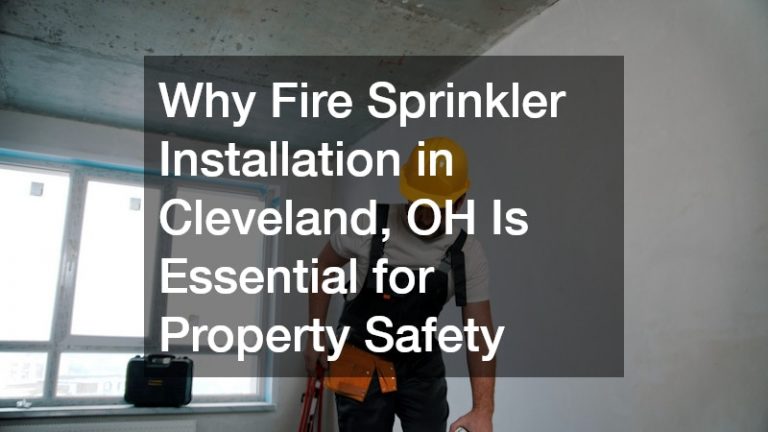

What a Civil Engineer can do for Water Contamination
-
When it comes to groundwater contamination, there are a number of threats that can impact water sources. For example, there are dangerous chemicals as well as pesticides that are harmful to both humans and creatures in the water. In order to avoid contamination, the use of a civil engineer can be beneficial as they can ensure that any projects ensure that the surface water quality is as healthy as possible. Further, civil engineering can work closely with water to assess the ways in which pesticides and chemicals have impacted groundwater – this process is known as a groundwater modeling investigation. If you wish to stay informed about potential issues with water contamination, keep reading below to find out about the potential risks and hazards.
1. When it comes to surface water quality, reports suggest that a majority of United States streams, lakes and bays are all significant risks of contamination.
When it comes to water quality, it is imperative that safe water exists for health and economical issues. That said, reports indicate that 45% of U.S. streams, 47 percent of lakes, and 32 percent of bays are polluted. This means that these areas have been contaminated with pesticides and are now polluted. This is problematic because this water is no longer clean and safe. Thus in order to ensure that the water is safe, the use of pesticides can no longer continue.
2. Pesticides are used so frequently in other forums, that they wash into our rivers and lakes and create a problem for every civil engineer that works with water.
Americans use over 2.2 billion pounds of pesticides every year, which eventually washes into our rivers and lakes. This is a very large number and is concerning because any lake or area of water that is at risk of being so polluted that it is no longer safe. The water quality is diminished, and the uses of the water are limited since it can not be used by people or by civil engineers.
3. There are so many pesticides, and a majority of them have been discovered to be in groundwater – an issue which a civil engineer is forced to address.
Over 73 different kinds of pesticides have been found in U.S. groundwater. This contaminated water that eventually ends up in our drinking water – unless it is adequately filtered. Here, there are actually two main issues. First, this is due to heavy use of pesticides, which much be stopped. Second, this needs to be addressed, as the contamination of water is harmful to people.
If you found these tips helpful, then you are on the right track to learning about what a civil engineer can do to help mitigate the effects of water contamination (meaning groundwater that has been contaminated with pesticides or other chemicals). Be sure to keep the aforementioned tips in mind in order to protect yourself from water contamination related issues. First, be wary of United States streams, lakes, and bays as they are all at significant risks of contamination. Second, since pesticides are used so frequently in other forums, they wash into our rivers and lakes and create a problem for all civil engineers. Lastly, given that there are so many pesticides used on a day to day basis, a majority of them have been discovered to be in groundwater.





